Section 1: Overview
Name of Research Project
|
Related Project
|
Part
|
|
|
|
|
|
|
|
|
|
|
|
|
|
|
|
Dataset Title
Creators
Purpose
Abstract
Keywords
Citations
Section 4: File Locations
Repository (e.g., FRDR, Dataverse, GitHub)
Current File Locations
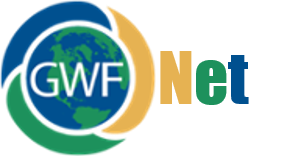
 GWFNet
GWFNet Master
Master Data
Data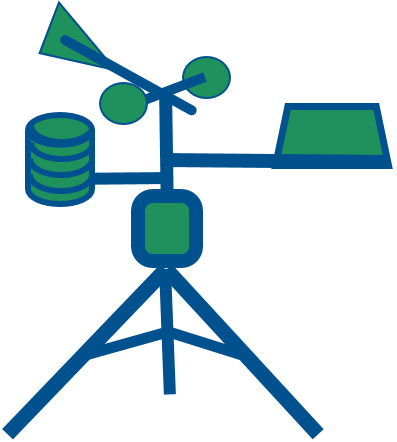 Research
Research Map
Map
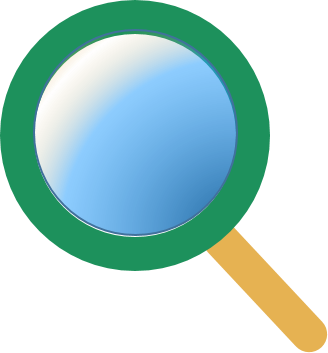 Advanced
Advanced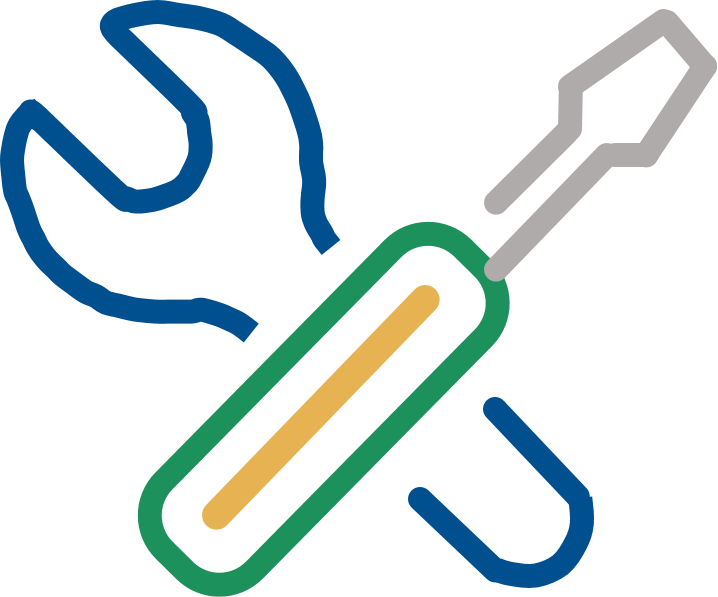 Tools
Tools
 . . .
. . .
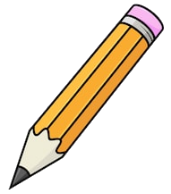 Metadata Editor
Metadata Editor
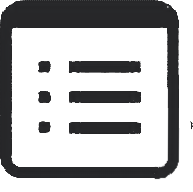 Record List
Record List
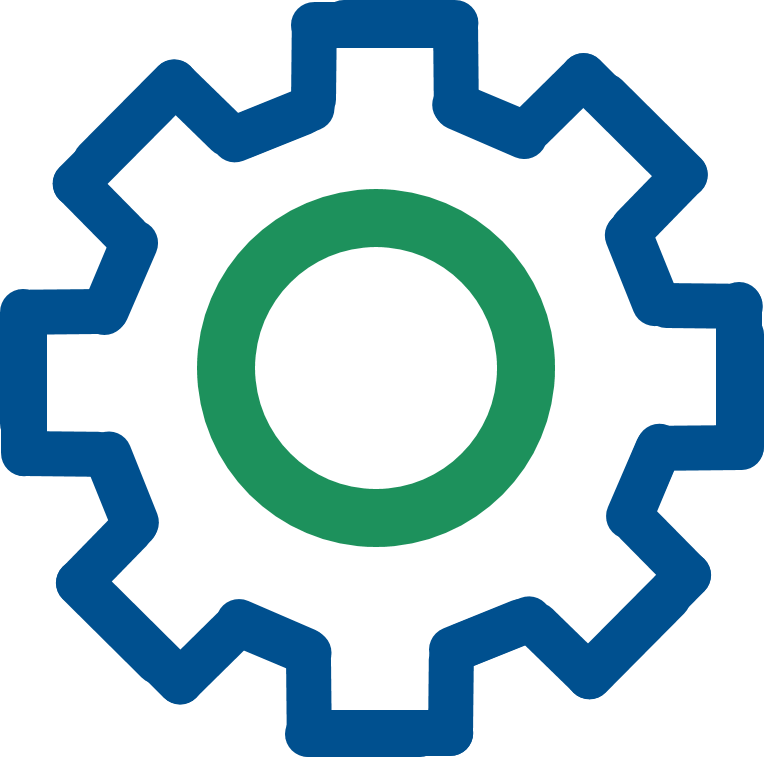 Alias List Editor
Alias List Editor
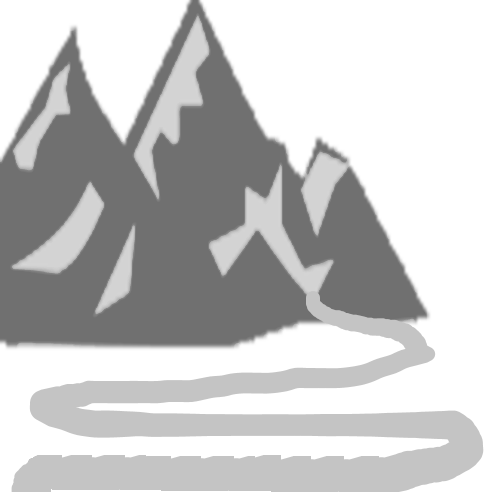 Legacy sites
Legacy sites